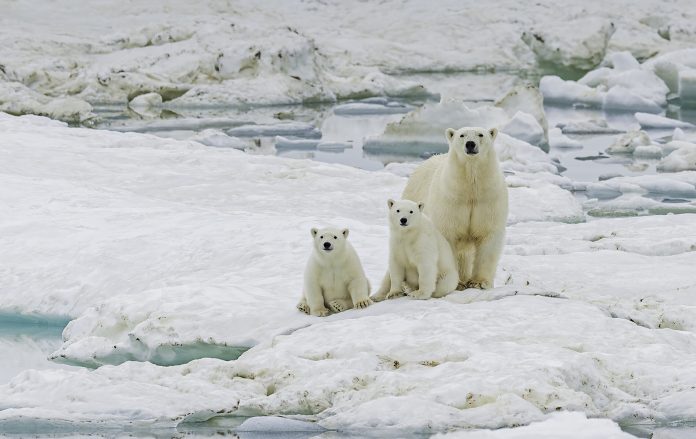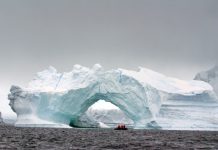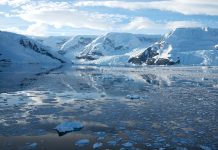A recent study highlights the difficulties polar bears are fighting as their icy habitats diminish. The findings highlighted an ongoing issue as ice-free seasons grow longer due to climate change, polar bears are increasingly at risk of climate-driven starvation
Conducted by a team of researchers from Washington State University and the U.S. Geological Survey Polar Bear Research Program, the study closely observed 20 polar bears in the western Hudson Bay region of Manitoba, Canada, over three weeks.
Polar bear’s health is deteriorating
Although various strategies have been taken to maintain polar bears’ energy reserve, such as resting, scavenging and foraging, almost all observed polar bears experienced weight loss, averaging around 1 kilogram (2.2 pounds) daily.
These strategies could have been more effective in neutralising the challenges posed by losing their primary food source, which they rely on for their energy-rich fat.
Lead author Anthony Pagano, a research wildlife biologist, explained, “Neither strategy will allow polar bears to exist on land beyond a certain amount of time. Even those bears that were foraging lost body weight at the same rate as those that laid down.”
Why do polar bears struggle to maintain their body mass?
The study further found that polar bears can’t adapt to longer ice-free seasons by behaving like grizzly bears, their relatives. Despite their efforts to forage for terrestrial foods such as berries, kelp, and grasses, the bears still struggle to maintain their body mass.
The researchers used collars fitted with video cameras and GPS to track the bears’ movements and behaviours, providing distinctive insights into their energy expenditure and activities on land.
They observed a wide range of behaviours among the bears, from resting for extended periods to actively searching for food, with some travelling significant distances in search of food.
The majority of bears needed to replenish their energy reserve sufficiently. Even the polar bears who ventured on long swims in search of food were often unsuccessful, being unable to catch or bring back the marine mammals they encountered.
How is climate change affecting polar bears?
The study’s focus on the southernmost area of the polar bear range in western Hudson Bay highlights the situation’s urgency. Climate warming is impacting these bears faster than in other Arctic regions, leading to a decline in their population by an estimated 30% since 1987.
As the ice-free period continues to lengthen, polar bears across the Arctic face an increasingly uncertain future. The study is a reminder of the urgent need for action to mitigate climate change and protect this species and their fragile ecosystems.
Researchers emphasise the importance of continued monitoring and conservation efforts to ensure the survival of polar bears in a rapidly changing world.














